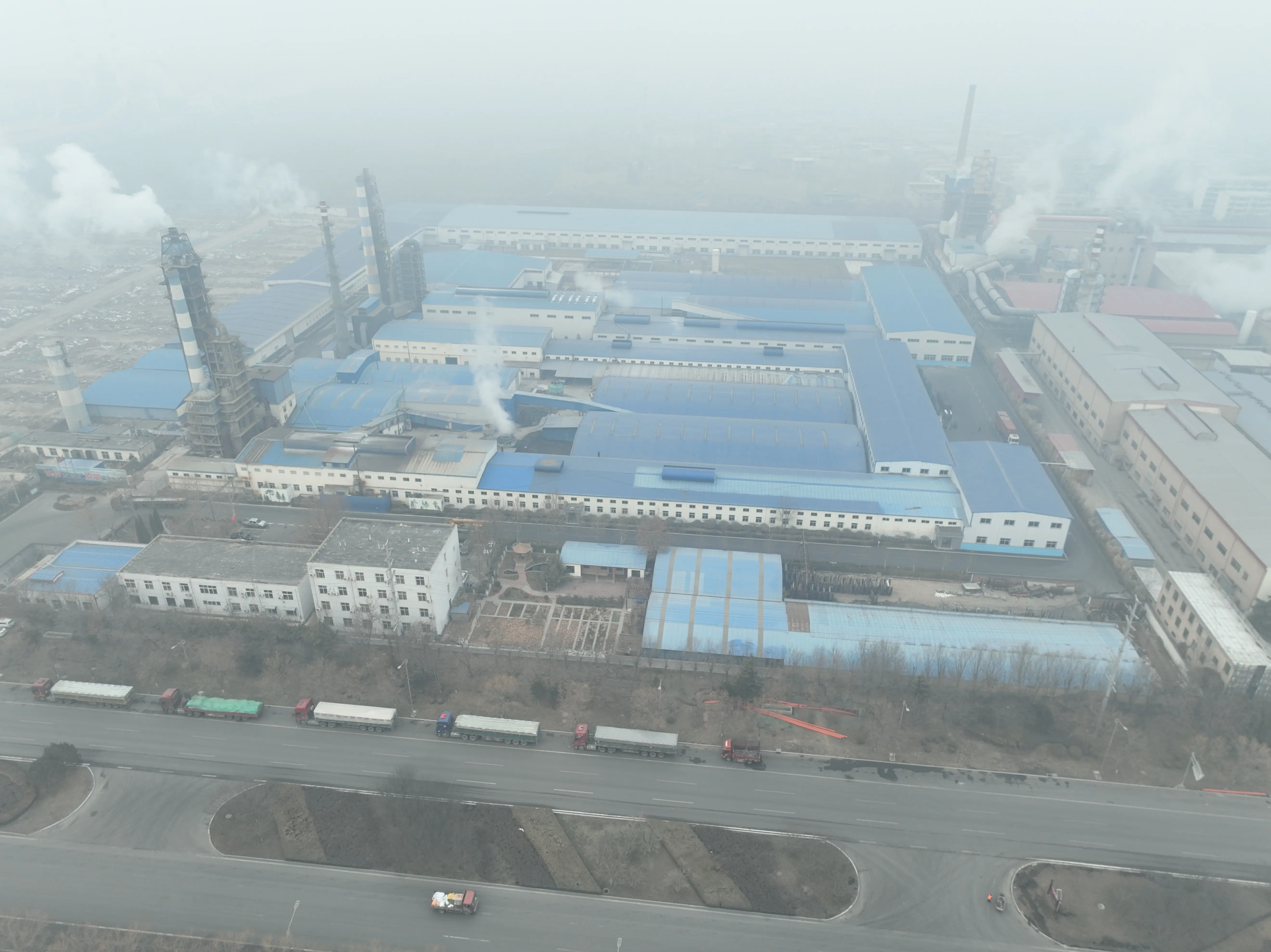

Types of Float Glass An Overview
Float glass is a ubiquitous material known for its clarity, uniform thickness, and versatility, making it a preferred choice for a wide range of applications, from windows and doors to buildings and automobiles. The production process of float glass involves floating molten glass on top of molten tin, creating a smooth and flat surface. This innovative method was developed in the 1950s and has since revolutionized the glass industry. In this article, we will explore various types of float glass and their applications.
1. Standard Float Glass
Standard float glass is the most common type, characterized by its high optical clarity and flatness. It is available in various thicknesses and can be treated or coated for improved performance. This type of glass is often used in residential and commercial buildings for windows and facades, providing excellent visibility and aesthetic appeal.
2. Low-Iron Float Glass
Low-iron float glass has a reduced iron content, resulting in increased transparency and a clearer appearance than standard float glass. This type is often used in high-end applications where aesthetics are paramount, such as luxury retail displays, solar panels, and interior design features. Its high clarity makes it an excellent choice for glass canopies, where minimal distortion is essential.
3
. Tinted Float GlassTinted float glass is designed to reduce glare and control solar heat gain. The glass is manufactured with added colorants that provide a range of tint options, including bronze, gray, green, and blue. This type of glass not only adds aesthetic value but also enhances energy efficiency by reducing the need for air conditioning in hot climates. It is commonly used in commercial buildings and glass facades.
4. Reflective Float Glass

Reflective float glass features a coated surface that reflects sunlight, reducing heat absorption and enhancing privacy. This glass type is often used in skyscrapers and office buildings, where glare reduction and energy efficiency are critical. The reflective properties also create a unique aesthetic, offering a modern look to architectural designs.
5. Laminated Float Glass
Laminated float glass consists of two or more sheets of glass bonded together with a plastic interlayer, typically PVB (polyvinyl butyral) or EVA (ethylene-vinyl acetate). This type of glass offers enhanced safety and sound insulation. Laminated glass is used in applications where impact resistance is essential, such as skylights, glass floors, and safety glass for windows and doors.
6. Tempered Float Glass
Tempered float glass is subjected to a heating and cooling process that significantly increases its strength compared to ordinary glass. When broken, tempered glass shatters into small, blunt pieces, reducing the risk of injury. This makes it an ideal choice for applications where safety is paramount, such as shower doors, glass partitions, and furniture.
7. Coated Float Glass
Coated float glass includes a variety of functional coatings, such as low-emissivity (Low-E) coatings that improve thermal insulation. These coatings can reflect heat back into a room during winter while blocking solar heat in the summer. Coated glass is commonly used in energy-efficient windows, contributing to reduced energy costs in buildings.
Conclusion
Float glass is a versatile and essential material in modern architecture, design, and manufacturing. With various types such as standard, low-iron, tinted, reflective, laminated, tempered, and coated float glass, there are solutions for virtually every need. Its properties, including clarity, strength, and energy efficiency, make float glass an invaluable resource in creating functional and aesthetically pleasing environments. As technology advances, we can expect further innovations in float glass, enhancing its applications and benefits in everyday life.